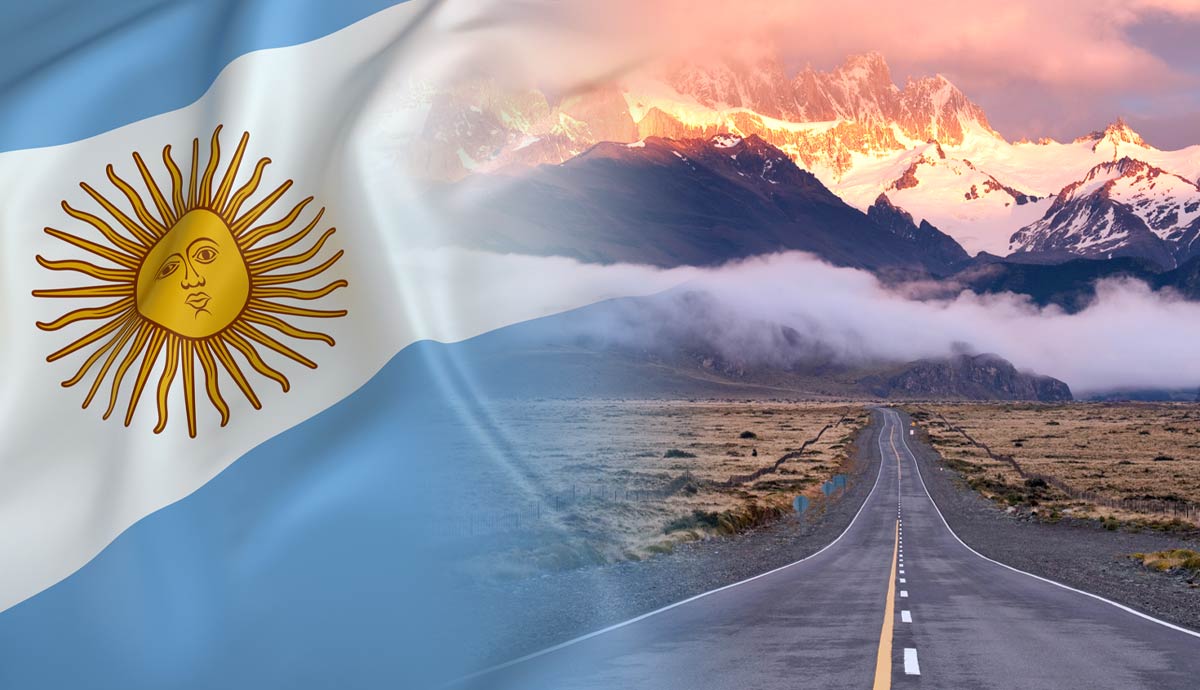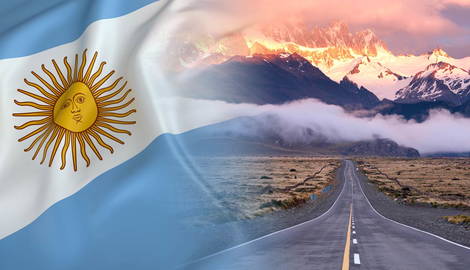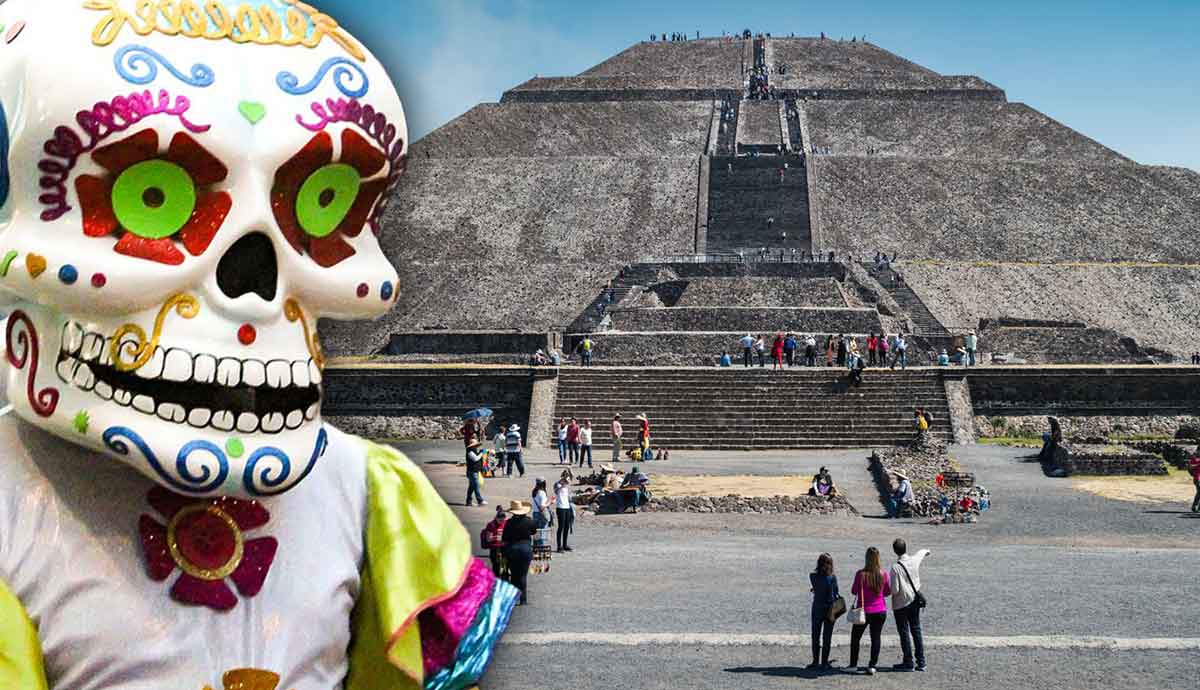
Argentina is a land of incredible diversity. From the rugged peaks of the Andes in the south to the high Puna desert in the north and sprawling pampas in the west, the eighth-largest country on earth leaves nothing to be desired. When planning a trip to Argentina, a little know-how goes far. The best time of year to visit depends on the specific region you wish to explore — a consideration more relevant to the country’s extremities than its central region.
Argentina’s Seasons and Climate: A Quick Overview

If you must plan your trip for a specific month or season, here’s a quick rundown of what to expect in each of the three mean regions throughout the year
Summer (December to February):
- North (Salta, Jujuy, Iguazú Falls): Hot and humid, often exceeding 30°C (86°F). January is the hottest month of the year in Argentina, which attracts quite oppressive heat and tourist crowds in its major tourist hubs.
- Central (Buenos Aires, Mendoza): Warm to hot with occasional thunderstorms. Expect temperatures around 25-35°C (77-95°F) and steamy conditions in Buenos Aires. Most city dwellers escape to beach resorts along the southeastern coast.
- South (Patagonia — Lakes District, Bariloche, Los Glaciares, Tierra del Fuego): Best weather of the year down south, with mild temperatures and ideal conditions for outdoor activities. Expect 10-20°C (50-68°F) — always be prepared for windy conditions.

Autumn (March to May):
- North: As cooler and drier air sets in, the north gets more enjoyable — a great time to explore Salta, Jujuy, and Iguazú Falls. Expect temperatures to drop to 20-25°C (68-77°F).
- Central: Pleasant and mild conditions, with 15-25°C (59-77°F). Perfect for vineyard visits in Mendoza, where fall colors bloom. Buenos Aires is likewise blissful in autumn.
- South: The end of the high season still offers sensational experiences — fantastic foliage colors and excellent deals on accommodation and activities. However, it gets cooler as the season progresses. By May, temperatures hover between 5-15°C (41-59°F).

Winter (June to August):
- North: With temperatures around 10-20°C (50-68°F), winter is perfect for discovering the region’s many natural and cultural highlights.
- Central: Getting cooler by the day, with temperatures between 5-15°C (41-59°F). Buenos Aires can be chilly and damp this time of year, but still very enjoyable for sightseeing, shopping, and museum hopping.
- South: Cold and snowy conditions in Patagonia and the Lakes District. Temperatures range from -5°C to 10°C (23-50°F) — the best time to visit for skiing and winter sports.
Spring (September to November):
- North: As spring arrives, temperatures rise to 20-30°C (68-86°F), with occasional rainfall.
- Central: Mild and blooming, with temperatures between 15-25°C (59-77°F). Buenos Aires is particularly lovely this time of year.
- South: Still cool but slowly defrosting — temperatures rise to 5-15°C (41-59°F). It is a great time to visit, admire pristine landscapes, and catch the first expedition cruises to Antarctica from the port of Ushuaia, Tierra del Fuego.
Let’s get into more detail.
Buenos Aires: The Paris of South America

South America’s most beautiful capital city is a feast for all the senses, boasting striking architecture, vibrant nightlife, fantastic food, impressive museums, and exceptional shopping. Even if you’re not a massive fan of big cities, you’ll find BA a delightful place to explore, so plan to spend at least four days here either at the beginning or end of your trip to Argentina. Visit Eva Peron‘s famous Casa Rosada, meander through the numerous galleries of Calle Florida, admire the obelisk of Plaza de la Republica, and catch a tango show in one of La Boca’s many side street cafes.
Best Time to Visit: September to November (Spring) and March to May (Autumn)
Although Buenos Aires is a year-round destination, the best time to visit is spring or autumn when the weather is mild and the jacaranda trees are in full bloom. Spring also brings the city to life with festivals, open-air concerts, art galleries, and street markets galore. In autumn, the city’s parks turn into a canvas of warm colors, perfect for strolls between café stops.
Insider Tip: If you’re in town in early November, don’t miss the Buenos Aires Jazz Festival. And if you’re a tango enthusiast, plan your visit around mid-August for the Tango Festival & Championship.
Mendoza: Argentina’s Wine Country

Mendoza is the heart of Argentina’s wine industry, producing over 70% of the country’s wine. It is especially renowned for its Malbec, a red wine variety synonymous with Argentine wine. The entire province is incredibly charming — the city is a colonial gem, and its surrounding Andean landscapes are breathtaking.
Mendoza’s vineyards are among the highest in the world, with many located at altitudes of 2,000 to 4,000 feet (600 to 1,200 meters) above sea level. The high altitude, the dry climate, and the abundant sunshine create ideal conditions for grapes to grow with intense flavors. The high-altitude desert region is an extraordinary highlight for wine lovers and adventure seekers alike. Mendoza is also the base town for ascents to Mt. Aconcagua, the highest peak in the Americas’ Western and Southern Hemispheres (22,841 feet – 6,961 meters), and one of the world’s most coveted climbing destinations.
Best Time to Visit: March to May (Autumn)

Unless you plan to challenge the world-record ascent of Aconcagua (in which case you should try that between November and March), the best time to visit Mendoza is during the autumn harvest season. The vineyards are a bustle of activity between March and May, with wine festivals, grape stomping, and tasting tours on offer. The weather is also ideal for outdoor activities like hiking (of the more moderate kind) and horseback riding in the nearby Andes.
Insider Tip: For free-flowing wine, parades, and music festivals, make your visit coincide with the Vendimia, the National Grape Harvest Festival in early March. It is the biggest party in Mendoza’s cultural calendar.
Iguazú Falls: Nature’s Most Imposing Curtain

Iguazú Falls is one of the world’s most awe-inspiring natural wonders. Twice as wide as Niagara and with 1.5 times the volume of cascading water, Iguazú comprises over 270 individual waterfalls spread out over 1.7 miles (2.7 km). The falls straddle the border between Argentina and Brazil. Both sides boast an extensive system of boardwalks, with the Argentinian side offering closer and much more immersive experiences.
Best Time to Visit: Year-Round
While the best time to visit Iguazú is arguably during the shoulder seasons (autumn, late winter, and early spring), this is an amazing spot to visit any time of year. Sure, temperatures and crowds are at their peak between December and February, and water levels are not as high as in spring. Still, this is probably the one “flexible” destination in Argentina you can easily play around with. If you must visit the country in summer because you are heading to Patagonia, for example, don’t discount a visit to Iguazú — it will blow your mind no matter when you visit.
Insider Tip: Iguazú opens up to visitors at 8 am in summer. Head here early to beat the crowds and enjoy the best conditions for photography without masses of colorful T-shirts in the way.
Salta and the Northwest: A Blend of Culture and Desert Landscapes

Salta and the surrounding northwest region offer a unique mix of colonial architecture, colorful indigenous Andean cultures, and jaw-dropping landscapes, from the colorful Quebrada de Humahuaca to the high-altitude vineyards of Cafayate. Take the Train to the Clouds (one of the world’s highest altitude train journeys), visit the vast salt flats at Salinas Grande, and discover the spectacular Calchaqui Valley on a multi-day hike.
Best Time to Visit: April to June and September to November

The best times to visit Argentina’s northwest are during the mild autumn and spring seasons. Winter here can be brutal, and so can the summer — find that midway point, and you will find the most agreeable weather for the sheer colossal number of outdoor adventures on offer.
Insider Tip: Salta is where Butch Cassidy (Robert LeRoy Parker) and the Sundance Kid (Harry Longabaugh) escaped to in 1901 after a series of bank robberies and train hold-ups in the United States. They stayed here for about a year before moving on to Bolivia, ending their run in 1908 after a shootout with local police. You can join dedicated tours in Salta that follow their trail in the region.
Patagonia: South America’s Untamed Frontier

One of South America’s prime wilderness regions sits at its southernmost point, a region known as Patagonia. It is incredibly vast and shared by Argentina and Chile. The Argentinian portion alone covers over 400,000 square miles. It comprises a colossal portion of the Southern Patagonian Ice Field, glaciers and glacial lakes, spectacular high Andean peaks, and mind-boggling wildlife diversity. This is one of the wildest and most sparsely populated regions on earth — a jaw-dropping land that is as harsh as it is spellbinding.
Best Time to Visit: October to April (Spring to Early Autumn)
For obvious reasons, the best time of year to visit is during the warmest months, from October to April. December and February mark peak tourist season, with warmer and longer daylight hours offering the perfect conditions for hiking, glacier tours, and exploring highlights like the Los Glaciares National Park and Tierra del Fuego. The shoulder seasons (October-November and March-April) offer manageable weather with smaller tourist crowds.
Insider Tip: Weather in Patagonia is notoriously unpredictable, even in the heart of summer. Always be prepared for sudden changes, especially if you plan to tackle a multi-day hike. Even in summer, pack layers, including windproof and waterproof gear.
The Lake District: Argentina’s Alpine Paradise

Argentina’s Lake District is centered around Bariloche, a quaint Swiss-style mountain town that is a playground for outdoor enthusiasts. Set along the shores of Lake Nahuel Huapi, Bariloche is popular year-round, with people flocking here in the summer to hike and in winter to ski.
Best Time to Visit: December to March (Summer) for hiking, and June to August (Winter) for snow sports
The summer months from December to March are ideal for hiking, kayaking, and fishing. The weather is warm, the skies are clear, and the landscape is vibrant with wildflowers.
Insider Tip: Unless you are explicitly aiming to ski in Bariloche, visit when the weather is milder as there are far more things to do when snow is absent — from hiking and kayaking to horseback riding, sailing, fishing, mountain biking, and so much more.
Did you know?
If you’ve been practicing high-school Spanish in anticipation of your trip to Argentina, you might be slightly startled when you first arrive in the country. Once you land in Buenos Aires, you will be in the heart of the Rioplatense region. This is a unique hybrid dialect spoken in parts of Argentina and Uruguay. Primarily, it differs from Spanish in the pronunciation of certain consonants. Give it a few days, and your ears will become accustomed to the sounds of Rioplatense. And do not worry: Argentinians certainly have no issues understanding Spanish — but don’t be surprised if they “correct” your pronunciation.










